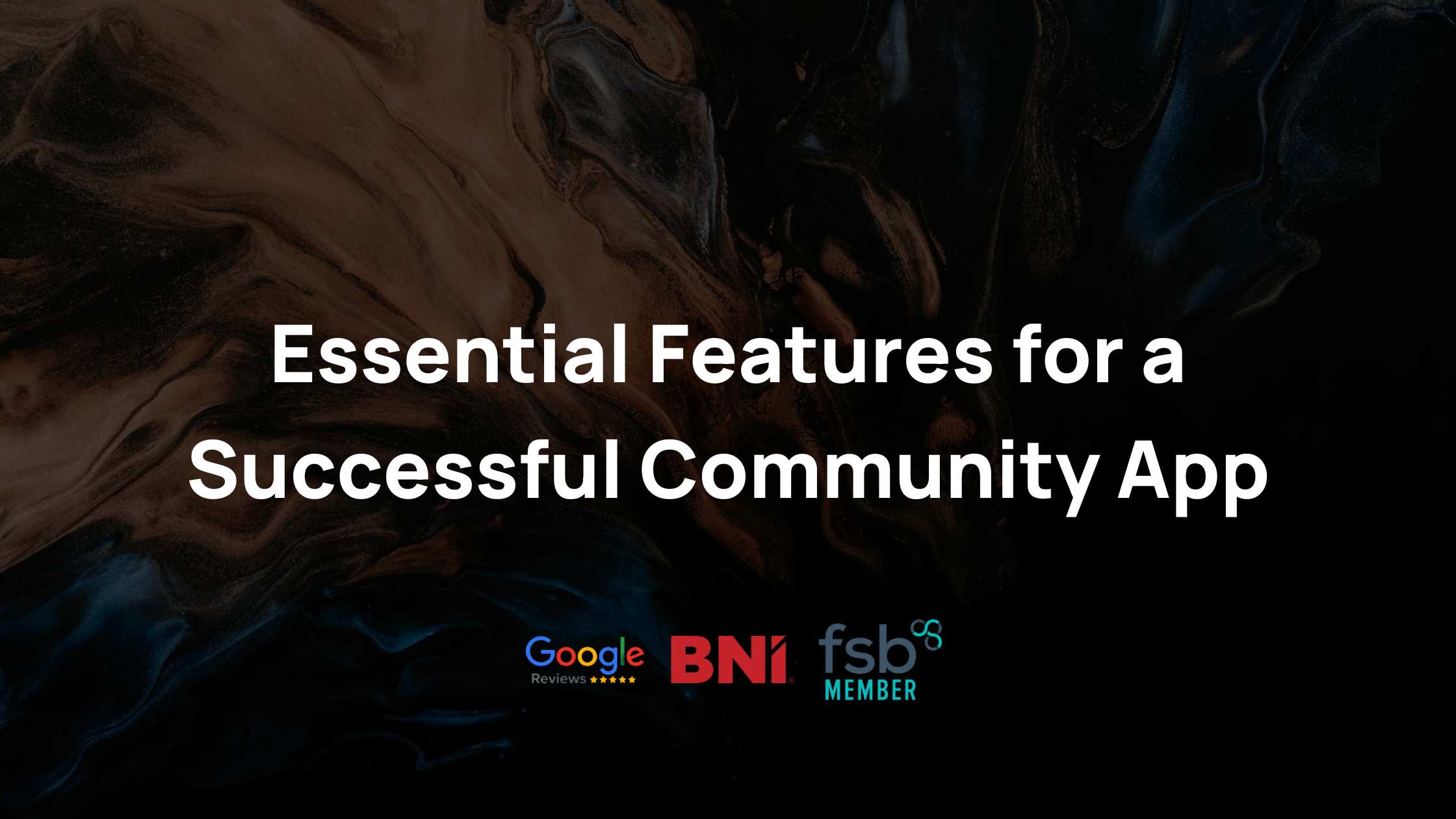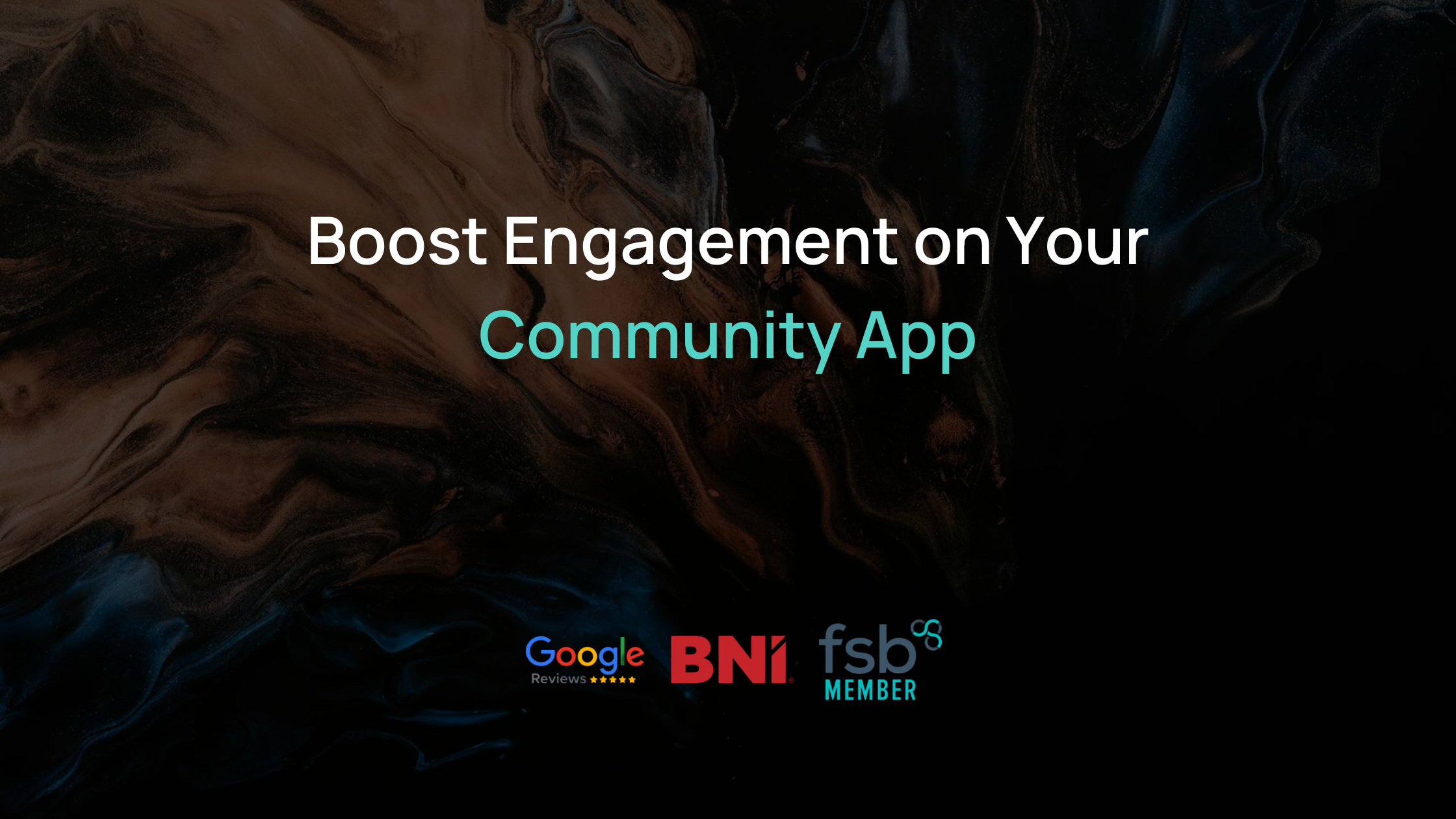Essential Features Every Prototype Should Include
Creating a prototype is an important step in developing any app or platform. It allows you to test your idea, gain insights, and make improvements before the final launch. A well-crafted prototype showcases the key features of your product and helps you gather valuable feedback from users and stakeholders. By focusing on essential features, you can ensure that your prototype serves its purpose effectively.
Prototypes help visualise complex ideas and make it easier to share your vision with others. They bridge the gap between an initial concept and the final product, allowing you to explore different designs and functionalities. This process helps to identify potential issues early and refine the user experience.
Whether you are developing a community management platform, a member engagement app or a social network, certain features are crucial for a successful prototype. Including these elements can make your prototype more advantageous, providing a clear direction for the development of your final product.
Read on as we explore the essential features every prototype should include. These features will ensure your prototype is functional, user-friendly, and ready to provide valuable feedback for future improvements.
Must-Have Prototype Features
1. User Authentication and Security
User authentication and security are crucial features every prototype should include. Authentication ensures that only authorised users can access the platform, maintaining the integrity and privacy of user data. Even at the prototype stage, implementing basic security measures can prevent breaches and build trust with potential users.
To start, include a simple login system where users can register and log in with a username and password. You can also integrate third-party authentication methods, such as Google or Facebook login, to make the process smoother for users. Ensure that passwords are stored securely, using encryption methods to protect them.
Security protocols should also be in place to safeguard user data. Implement basic encryption for data both at rest and in transit. This means encrypting personal information stored in databases and securing data sent between the user's device and the server.
Adding these features to your prototype demonstrates that you are taking safety and privacy seriously, which is essential for user confidence.
2. Intuitive User Interface Design
An intuitive user interface (UI) is vital for any successful prototype. It ensures users can navigate the platform without confusion, making the experience pleasant and straightforward. Focus on creating a clean, simple design that guides users naturally through the platform.
Start with clear, consistent navigation menus. Use familiar icons and labels to help users understand where to find different features. A well-organised layout helps users quickly locate the information or tool they need, reducing frustration and improving the user experience.
Consider using wireframes or mockups to plan your UI design before adding it to your prototype. This allows you to experiment with different layouts and designs to find the best fit. Interactive elements should be easy to use, with clear feedback to show users their actions are being processed.
Colours and fonts also play a significant role in UI design. Choose a colour scheme that is visually appealing but not overwhelming. Use readable fonts and ensure sufficient contrast between text and background to aid visibility.
By focusing on an intuitive user interface, you can ensure that your prototype is user-friendly and appealing, making it easier to gather valuable feedback and drive further development.
3. Core Functionality Demonstration
A prototype must showcase the core functionalities of the product. This helps stakeholders understand the main features and potential of the app or platform. Focus on key elements that demonstrate the unique value proposition.
Start by identifying the primary use cases. For a community management platform, this could be user profiles, group creation, and event scheduling. For a member engagement app, it might be real-time notifications and activity tracking. Pick the most important features and ensure they are well-represented in the prototype.
Make these core functions interactive. Allow users to click through and experience how each feature works, even if it's at a basic level. Show how users will interact with the system, how data is processed, and how results are displayed. This helps visualise the final product and gather meaningful feedback.
Remember, the goal is to give a glimpse of the finished application. Focus on functionality that makes your product unique. Clearly demonstrating these core features will engage stakeholders and provide a solid foundation for further development.
4. Feedback and Iteration Mechanisms
Including feedback and iteration mechanisms in your prototype is essential. This allows you to gather user input and make necessary improvements. Implementing these mechanisms can lead to a more refined and user-friendly final product.
Begin with simple feedback forms embedded within the prototype. These can prompt users to share their thoughts on different features or the overall experience. Collect responses systematically to analyse and identify common trends or issues.
User analytics tools are also helpful. Track how users interact with the prototype, which features they use the most, and where they encounter difficulties. This data can offer valuable insights that might not be apparent from direct feedback alone.
Consider scheduling regular review sessions with stakeholders. Present the current prototype, discuss received feedback, and outline planned iterations. Keeping all parties involved helps in aligning the product with user needs and expectations.
These feedback and iteration mechanisms will create a cycle of continuous improvement, ensuring the prototype evolves into a successful and user-centric final product.
Elevate Your Prototype with Essential Features
Creating a robust prototype is important in developing any app or platform. You can ensure your prototype serves its purpose well by including essential features like user authentication, intuitive UI, core functionality, and feedback mechanisms. These elements make it easier for users to navigate, provide security, and demonstrate the unique aspects of your product.
A well-designed prototype helps visualise the final product and gather valuable feedback. This process assists in identifying issues early, refining the user experience and aligning the product with user needs.
If you're ready to turn your idea into a functional prototype, CreatorConcepts Limited can help. Our expertise with Bubble’s no-code platform ensures your vision becomes a reality quickly and efficiently. Contact us today to start your no-code journey towards success!
 By
By


